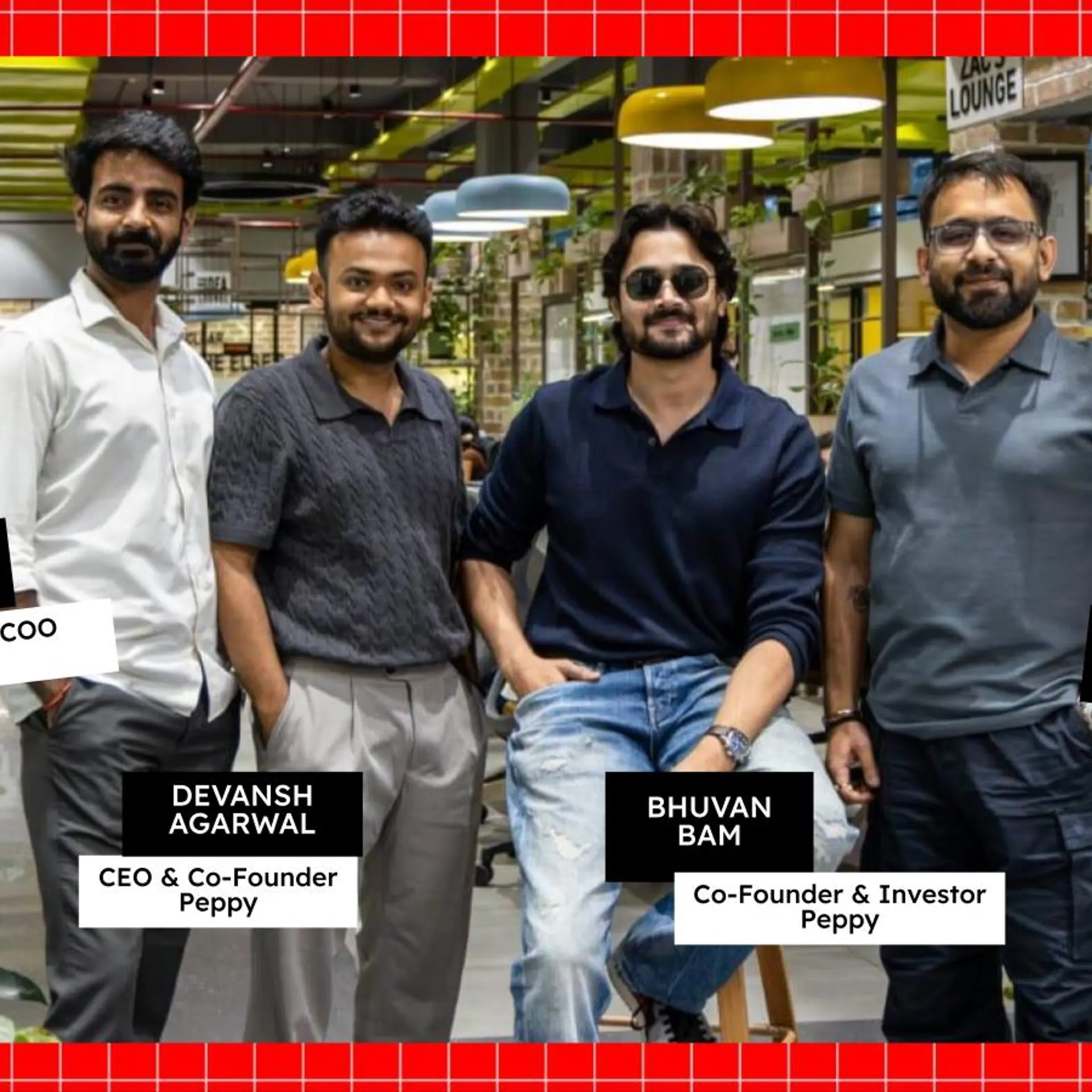
A weekly look at advocacy, media and entrepreneurship
There comes a moment in the progression of every society, where suddenly you realise that
fundamental change has been in the air for quite a while and now it’s here for good. The reporter as an advocate for social change is here to stay.
Technology and more specifically for the Indian media, television news, has significantly altered the terms of engagement for journalists. When I was studying journalism way back in the early 90’s, certain codes were sacred. You never mentioned the name of communities while talking about riots, you never showed the face of a minor victim of any crime and you certainly never showed the face of a victim of a horrific crime like rape.
As a television news reporter initially all of us stuck to this code of conduct and there were others added, after all you were in a medium that showed people with all the physicality of moving pictures and sound. So you never showed a close up shot of person crying or of ravaged blast sites. That was then . As this medium has progressed these codes have been neglected in the heat of reporting, not by all channels but by many definitely.
If there was any doubt, 26/11 has shown how far reporters, especially television reporters, have travelled down the road where there is little separation between the recorder of facts and the facts themselves. And I don’t completely blame the reporters, television is a medium like that, the camera becomes a player and participant in the situation, and that can be only be prevented with extreme vigilance on part of the reporter and the news producer and editor.
I remember shooting the state elections in Warrangal and Adilabad , the heart of the Naxalite belt in Andhra Pradesh in the early nineties. The body of a naxalite was lying next to rice fields and the authorities were conducting the panchnama while live grenades lay scattered around. My crew and I got into the fields to try and talk to the villagers, and they started running away from us , it took quite a while to figure out that they had never seen a television camera before and thought it was a gun!
We have come far away from a time where cameras were unfamiliar sights to a situation where people plan events just to get publicity and these people then get legitimacy by virtue of having being’covered’.
We have reached a stage where we increasingly have ‘reporter advocates’ With the campaign for justice for Jessica Lal and Nitish Kataria the media had already entered a domain where it is a player in news events. These are important and significant developments in the media of any country and to my mind it’s both good and bad news. The bad news is that the story would be as good and bad as the reporter and a careless one can cause havoc. The good news is that genuine cases which may otherwise slip through and be throttled by the all pervasive political and celebrity driven news can now receive attention.
I would love to see more stories from the grassroots on issues of public health, environment and social development. Channels like NDTV and CNN-IBN and papers like The Hindu, The Hindustan Times and The Indian Express do this rather well with special stories and campaigns.
The ‘reporter advocate’ is here to stay, let’s at least make sure the issues picked up are right.
Check out: www.thehoot.com , a media watchdog site
Next Week: The Challenge of covering public health in mainstream media
- Paarul Chand
The guest columnist is a communications entrepreneur, specializing in social advocacy and research, writing and life skills training.






